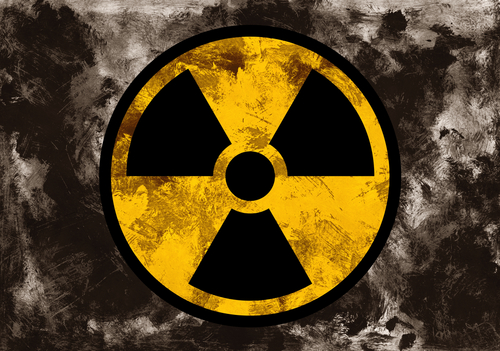
Through a federal cooperative agreement with the Intelligence Advanced Research Projects Activity (IARPA), researchers at the Ohio State University Comprehensive Cancer Center (OSUCCC) announced this week that they are working on non-invasive means of detecting and preventing radiation exposures.
Ohio State has already created biodosimetry technology to help discover non-invasive biomarkers for radiation exposure, but this up to $9.42 million in funding will help the university’s researchers further develop them and pursue national security applications for them. Research is being led by Naduparambil Jacob of the OSUCCC in partnership with IARPA, an organization within the Office of the Director of National Intelligence.
“This work is particularly important because of the possible major health consequences of radiation exposure, including cancer and other illnesses,” Jacob, an associate professor in the Department of Radiation Oncology at The Ohio State University College of Medicine and a member of the OSUCCC – James Translational Therapeutics Research Program, said. “Being able to determine the amount and range of exposure would help clinicians more quickly and accurately mitigate the short- and long-term effects of cumulative radiation exposure.”
IARPA organized the new research cooperative agreement through its Targeted Evaluation of Ionizing Radiation Exposure program, through which four prime awardees were selected. Jacob guides the OSU-led program, while Battelle Memorial Institute will operate as a sub-awardee. Jacob’s team will pursue rapid and accurate radiation biodosimetry solutions in human radiation exposure based on biomarkers detectable in skin and hair and collectible non-invasively.
Up to 20 personnel from three different colleges will spend the next 42 months with specimens collected from lab models exposed to X-rays, gamma rays, neutrons, electrons, and protons for testing and validation, along with specimens from irradiated non-human primates, radiotherapy patients, and humans exposed to low-dose X-rays from CT scans. The government sees this development as one with particular potential for military settings, specifically for rapid response to the unintentional contact with or intentional release of radioactive materials and the health effects they can unleash.
“Radioactive contamination released into the environment can take many forms with varying hazard levels,” Jacob said. “Some exposures may not present visible clinical signs, especially at lower dose range, yet have significant delayed consequences, and early detection and risk assessment would allow timely mitigation.”




